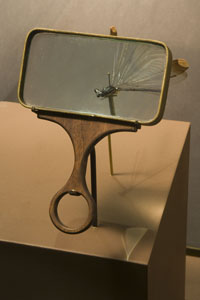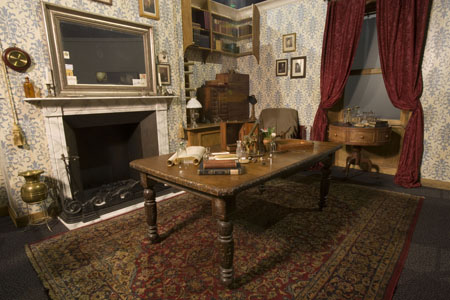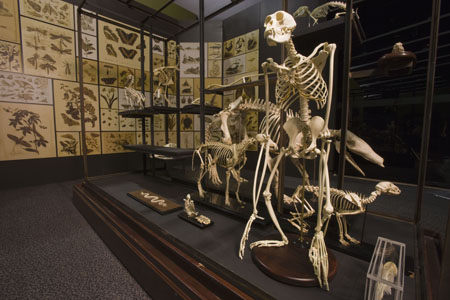review by Colin Groves
Two men over the course of history have done more than any others to change the way we think of ourselves, and our place in the universe: Copernicus and Darwin. We know little about Nicholas Copernicus, partly because he was self-effacing, and had no support team around him — in fact, he was so scared of what he was about to do that he delayed publishing until he was virtually on his deathbed. We know much more about Charles Darwin because, though he was every bit as self-effacing, he did have a support team. Darwin was well-aware that he was about to turn the world on its head. Though he knew that in all scientific honesty he ought to publish his conclusions, he dragged his feet and kept putting off the awful day until happenstance — in the form of a letter from Alfred Russell Wallace, putting forward almost exactly the same ideas — forced his hand, and his support team would brook no further excuses. Exactly as he had foreseen, the wrath of the religious establishment and comfortable Victorian society descended upon him, but what he had not foreseen was that in all ways that truly mattered the world was in fact ready for the revolution that he engendered.
How to construct an exhibition on a quiet revolutionary? How to recount his life without being hagiographic, yet give some flavour of his achievement?
National Museum of Australia

National Museum of Australia

National Museum of Australia
I spent hours at the Darwin exhibition. I pored minutely over the beetles, and the manuscripts and letters with all those crossings-out; I smiled at the live iguana, and he smiled back; I happily ogled one of the few representations of human evolution I have seen which I could more or less agree with; and I thought the Australian section made an informative (and sobering) postscript.
Colin Groves is professor of bioanthropology at The Australian National University.
| Exhibition: | Darwin |
| Institution: | National Museum of Australia |
| Curatorial team: | American Museum of Natural History, New York in collaboration with the Museum of Science, Boston; The Field Museum, Chicago; Royal Ontario Museum, Toronto; and the Natural History Museum, London |
| Exhibition space: | 730 square metres |
| Venue/dates: | National Museum of Australia, Canberra, 10 December 2008 – 29 March 2009 |
| Companion exhibition: | Darwin and Australia |
| Institution: | National Museum of Australia |
| Curatorial team: | Mike Pickering, Ian Coates, and Christine Hansen |
| Exhibition space: | 100 square metres |
| Venue/dates: | National Museum of Australia, Canberra, 10 December 2008 – 29 March 2009 |
|
Publication: |
Charles Darwin: An Australian Selection, National Museum of Australia Press, 2008. RRP $29.95 |
